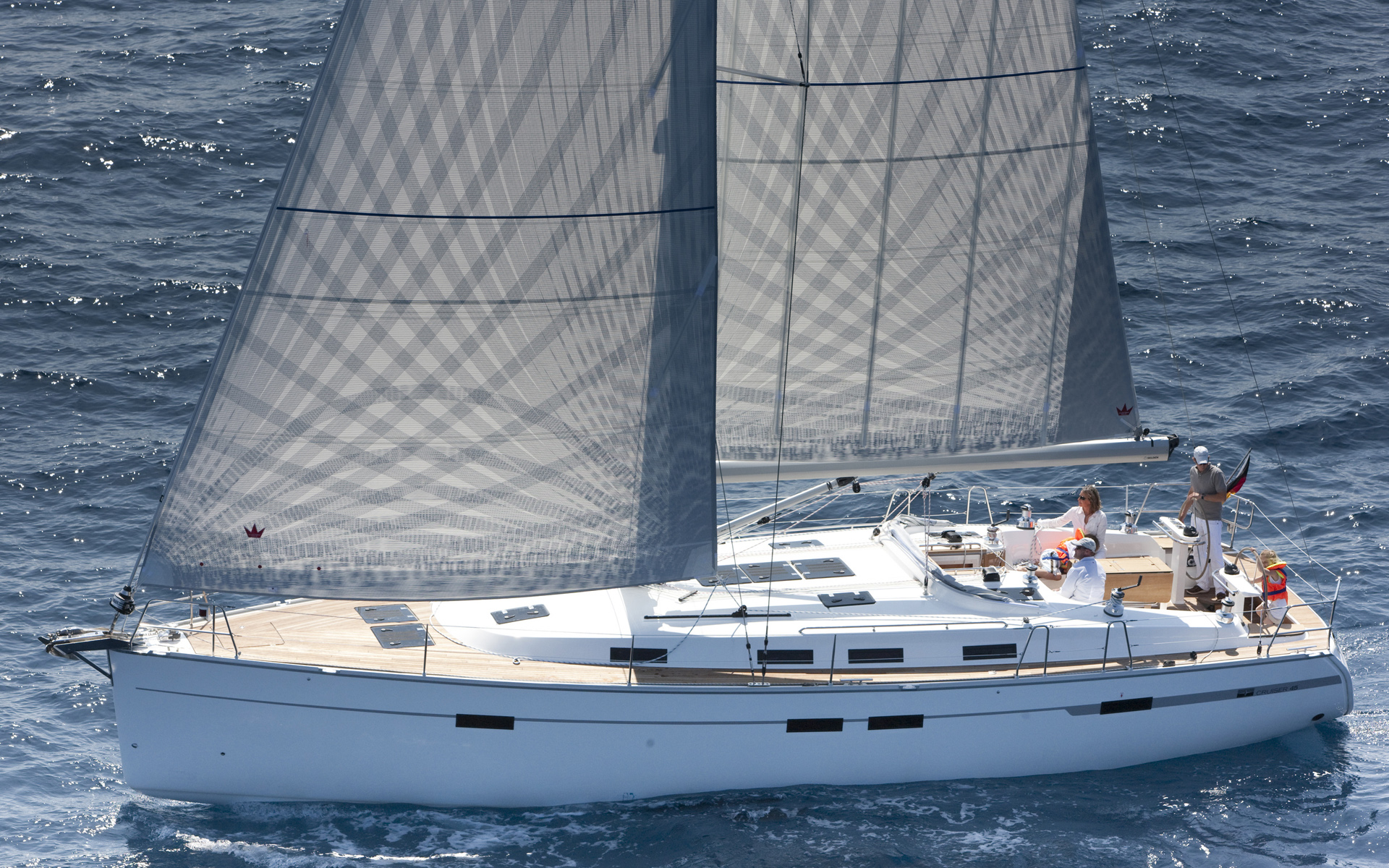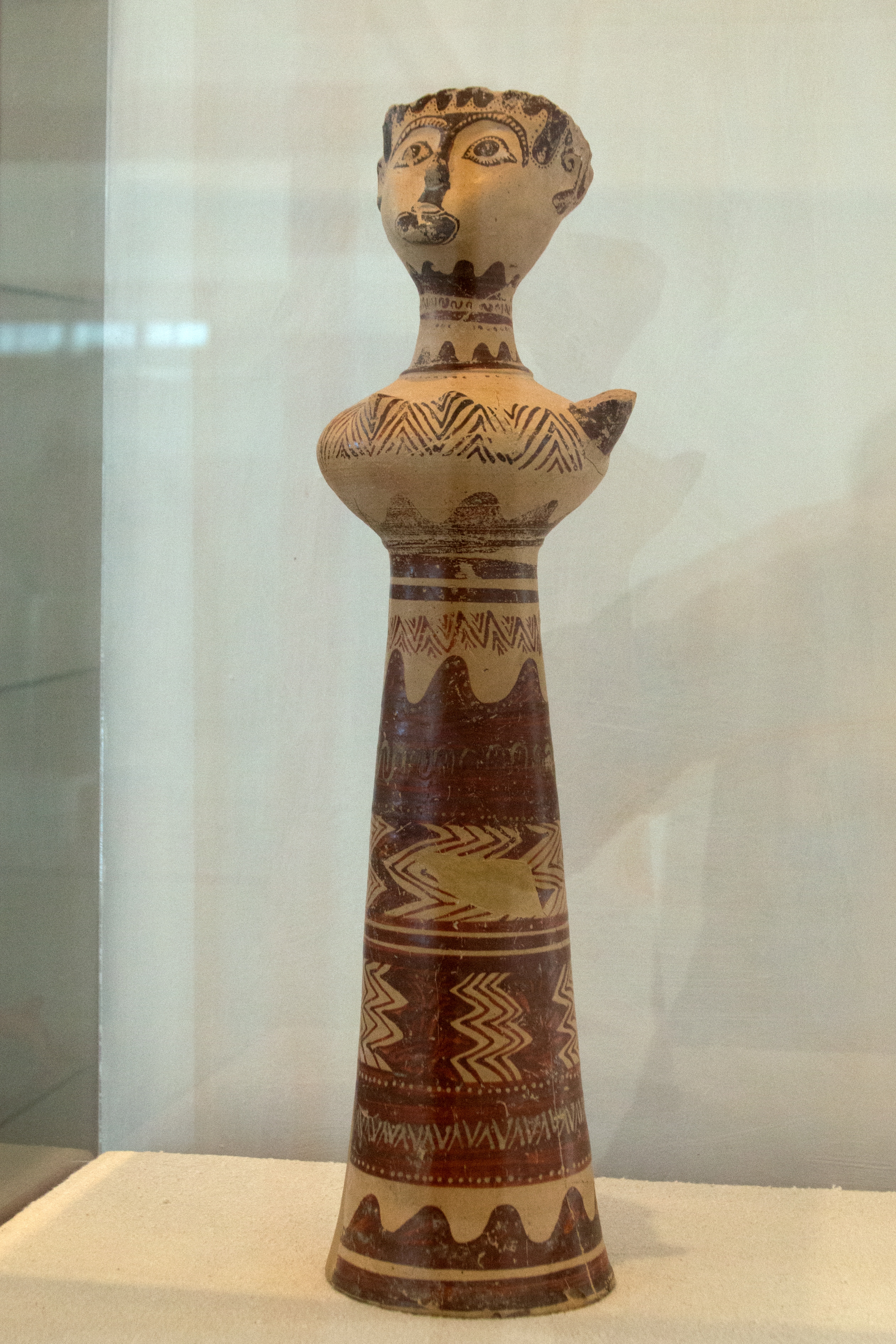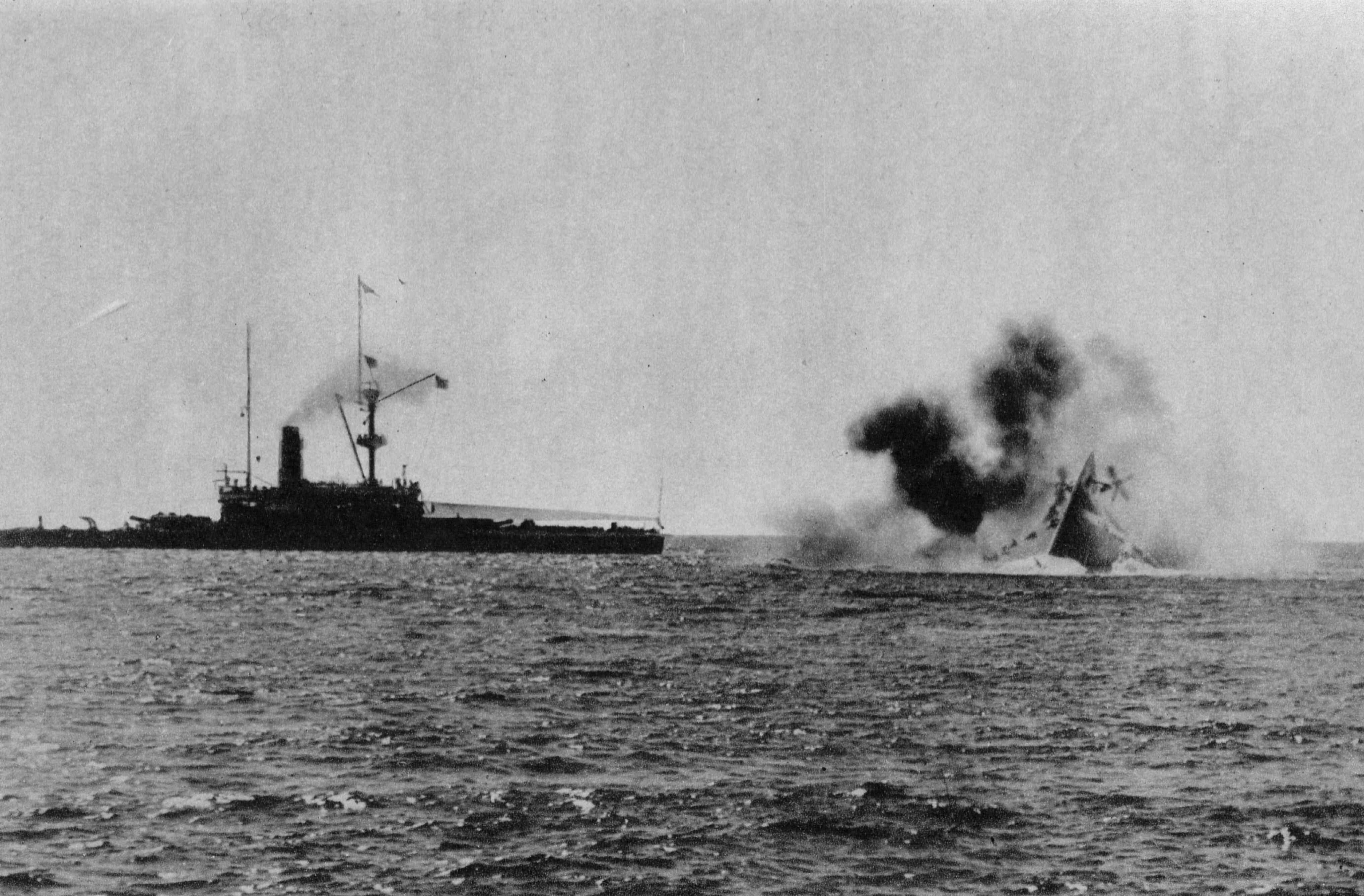|
Gerzog Edinburgski
''Gerzog Edinburgski'' (russian: Герцог Эдинбургский) was an armoured cruiser of the built for the Imperial Russian Navy. She was the sister ship of and was named after Alfred, Duke of Saxe-Coburg and Gotha, Duke of Edinburgh (''Gerzog Edinburgski'' in Russian) who married Grand Duchess Maria Alexandrovna of Russia. ''Gerzog Edinburgski'' was originally to be named ''Alexander Nevski'' but was renamed before launching. She was launched in 1875 and served in the Far East from 1879 to 1884 and in the Mediterranean Sea from 1897 until ca. 1900. While in the Mediterranean, she deployed to Crete to serve in the International Squadron, a multinational force made up of ships of the Austro-Hungarian Navy, French Navy, Imperial German Navy, Italian Royal Navy (''Regia Marina''), Imperial Russian Navy, and Royal Navy that intervened in the 1897-1898 Greek uprising on Crete against rule by the Ottoman Empire. She took part in the squadron's final operations when, as flags ... [...More Info...] [...Related Items...] OR: [Wikipedia] [Google] [Baidu] |
Russian Empire
The Russian Empire was an empire and the final period of the Russian monarchy from 1721 to 1917, ruling across large parts of Eurasia. It succeeded the Tsardom of Russia following the Treaty of Nystad, which ended the Great Northern War. The rise of the Russian Empire coincided with the decline of neighbouring rival powers: the Swedish Empire, the Polish–Lithuanian Commonwealth, Qajar Iran, the Ottoman Empire, and Qing China. It also held colonies in North America between 1799 and 1867. Covering an area of approximately , it remains the third-largest empire in history, surpassed only by the British Empire and the Mongol Empire; it ruled over a population of 125.6 million people per the 1897 Russian census, which was the only census carried out during the entire imperial period. Owing to its geographic extent across three continents at its peak, it featured great ethnic, linguistic, religious, and economic diversity. From the 10th–17th centuries, the land ... [...More Info...] [...Related Items...] OR: [Wikipedia] [Google] [Baidu] |
Imperial German Navy
The Imperial German Navy or the Imperial Navy () was the navy of the German Empire, which existed between 1871 and 1919. It grew out of the small Prussian Navy (from 1867 the North German Federal Navy), which was mainly for coast defence. Wilhelm II, German Emperor, Kaiser Wilhelm II greatly expanded the navy. The key leader was Admiral Alfred von Tirpitz, who greatly expanded the size and quality of the navy, while adopting the sea power theories of American strategist Alfred Thayer Mahan. The result was a Anglo-German naval arms race, naval arms race with Britain, as the German navy grew to become one of the greatest maritime forces in the world, second only to the Royal Navy. The German surface navy proved ineffective during the First World War; its only major engagement, the Battle of Jutland, was a draw, but it kept the surface fleet largely in port for the rest of the war. The submarine fleet was greatly expanded and threatened the British supply system during the Atlantic ... [...More Info...] [...Related Items...] OR: [Wikipedia] [Google] [Baidu] |
Yacht
A yacht is a sailing or power vessel used for pleasure, cruising, or racing. There is no standard definition, though the term generally applies to vessels with a cabin intended for overnight use. To be termed a , as opposed to a , such a pleasure vessel is likely to be at least in length and may have been judged to have good aesthetic qualities. The Commercial Yacht Code classifies yachts and over as . Such yachts typically require a hired crew and have higher construction standards. Further classifications for large yachts are: —carrying no more than 12 passengers, —solely for the pleasure of the owner and guests, or by flag, the country under which it is registered. A superyacht (sometimes ) generally refers to any yacht (sail or power) longer than . Racing yachts are designed to emphasize performance over comfort. Charter yachts are run as a business for profit. As of 2020 there were more than 15,000 yachts of sufficient size to require a professional crew. Etymology ... [...More Info...] [...Related Items...] OR: [Wikipedia] [Google] [Baidu] |
Prince George Of Greece And Denmark
Prince George of Greece and Denmark ( el, Γεώργιος; 24 June 1869 – 25 November 1957) was the second son and child of George I of Greece and Olga Konstantinovna of Russia, and is remembered chiefly for having once saved the life of his cousin the future List of Russian rulers#Emperors of Russia, Emperor of Russia, Nicholas II of Russia, Nicholas II in 1891 during their visit to Japan together. He served as high commissioner of the Cretan State during its transition towards independence from Ottoman Empire, Ottoman rule and union with Greece. Youth From 1883, George lived at Bernstorff Palace near Copenhagen with Prince Valdemar of Denmark, his father's younger brother. The queen had taken the boy to Denmark to enlist him in the Danish royal navy and consigned him to the care of Valdemar, who was an admiral in the Danish fleet. Feeling abandoned by his father on this occasion, George would later describe to his fiancée the profound attachment he developed for his uncle ... [...More Info...] [...Related Items...] OR: [Wikipedia] [Google] [Baidu] |
Édouard Pottier
Édouard Pottier (6 July 1839 – 3 August 1903) was a French admiral. During his career, he served in various regions of the world and took part in the operations leading to the occupation of Veracruz in 1861 during the Second French intervention in Mexico and the conquest of Vĩnh Long Province in 1867, which added that territory to French Cochinchina. Promoted to captain in 1886, he served in the Mediterranean and the Levant. Promoted to rear admiral in 1893 and vice admiral in 1898, he served as commander of the International Squadron, a multinational squadron which intervened in the Cretan Revolt of 1897–1898 against the Ottoman Empire. In 1900 he was appointed commander-in-chief of the French Far East Squadron. Biography Pottier was born in Strasbourg on 6 July 1839 and entered the French Navy as a cadet at Brest in 1855. Promoted to midshipman on 1 August 1857, he made his first cruise, operating in the Pacific Ocean aboard the 30-gun sailing corvette . In March 1861 ... [...More Info...] [...Related Items...] OR: [Wikipedia] [Google] [Baidu] |
French Cruiser Bugeaud
''Bugeaud'' was a protected cruiser of the French Navy built in the 1890s, the second of three ships of the class. The ''Friant''-class cruisers were ordered as part of a construction program directed at strengthening the fleet's cruiser force. At the time, France was concerned with the growing naval threat of the Italian and German fleets, and the new cruisers were intended to serve with the main fleet, and overseas in the French colonial empire. ''Bugeaud'' and her two sister ships were armed with a main battery of six guns, were protected by an armor deck that was thick, and were capable of steaming at a top speed of . ''Bugeaud'' was initially assigned to the Mediterranean Squadron after her completion in 1896 before being transferred to serve as the flagship of the Levant Division in the eastern Mediterranean. During that time, she participated in the International Squadron that intervened in the Cretan Revolt of 1897–1898. ''Bugead'' was sent to East Asia in 19 ... [...More Info...] [...Related Items...] OR: [Wikipedia] [Google] [Baidu] |
Milos
Milos or Melos (; el, label=Modern Greek, Μήλος, Mílos, ; grc, Μῆλος, Mêlos) is a volcanic Greek island in the Aegean Sea, just north of the Sea of Crete. Milos is the southwesternmost island in the Cyclades group. The ''Venus de Milo'' (now in the Louvre) and the ''Asclepius of Milos'' (now in the British Museum) were both found on the island, as were a Poseidon and an archaic Apollo now in Athens. Milos is a popular tourist destination during the summer. The municipality of Milos also includes the uninhabited offshore islands of Antimilos and Akradies. The combined land area is and the 2021 census population was 5193 inhabitants. History Obsidian (a glass-like volcanic rock) from Milos was a commodity as early as 15,000 years ago. Natural glass from Milos was transported over long distances and used for razor-sharp "stone tools" well before farming began and later: "There is no early farming village in the Near East that doesn't get obsidian". The mining o ... [...More Info...] [...Related Items...] OR: [Wikipedia] [Google] [Baidu] |
Italian Ironclad Francesco Morosini
''Francesco Morosini'' was an ironclad battleship built in the 1880s and 1890s for the Italian ''Regia Marina'' (Royal Navy). The ship, named for Francesco Morosini, the 17th-century Doge (title), Doge of Venice, was the second of three ships in the , along with and . She was armed with a main battery of four guns, was protected with thick belt armor, and was capable of a top speed of . The ship's construction period was very lengthy, beginning in August 1881 and completing in February 1888. She was quickly rendered obsolescent by the new pre-dreadnought battleships being laid down, and as a result, her career was limited. She spent her career alternating between the Active and Reserve Squadrons, where she took part in training exercises each year with the rest of the fleet. The ship was stricken from the naval register in August 1909; the following month, she was expended as a target ship for experiments with torpedoes. Design ''Francesco Morosini'' was length overall ... [...More Info...] [...Related Items...] OR: [Wikipedia] [Google] [Baidu] |
Gerard Noel (Royal Navy Officer)
Admiral of the Fleet Sir Gerard Henry Uctred Noel, (5 March 1845 – 23 May 1918) was a Royal Navy officer. As a junior officer he commanded a naval brigade which took part in the capture of Kumasi in February 1874 during the Second Anglo-Ashanti War. Noel went on to be Second-in-Command of the Mediterranean Fleet: during this tour, following the murder of the British vice-consul in Heraklion and an attack on the Customs House there, Noel landed a force in Crete to court-martial the terrorists and generally restore order. After that he became Admiral Superintendent of Naval Reserves and was given the additional responsibility of Commander-in-Chief, Home Fleet. He then became Commander-in-Chief, China Station: at the time relations between the United Kingdom and Russia were strained as the United Kingdom expressed its considerable dissatisfaction in relation to Russian aggression at the start of the Russo-Japanese War. His last appointment was as Commander-in-Chief, The Nore. E ... [...More Info...] [...Related Items...] OR: [Wikipedia] [Google] [Baidu] |
Nikolai Skrydlov
Nikolai Illarionovich Skrydlov (russian: Николай Илларионович Скрыдлов), (1 April 1844 – 4 October 1918) was an admiral in the Imperial Russian Navy. Biography Skrydlov was born in Pskov to the family of a career naval officer in the Imperial Russian Navy, and graduated from the Sea Cadet Corps in 1862. He rose to prominence during the Russo-Turkish War (1877–78), where he commanded the small river minelayer ''Shutka'' on the Danube, which successful sank an Ottoman monitor on 8 June 1877. He was awarded the Order of St George, 4th class after he was wounded in combat.Kowner, '' Historical Dictionary of the Russo-Japanese War'', p. 356. Skrydlov was captain of the cruiser from 1886-1889. In 1887 he took Dmitrii ''Donskoi'' on a voyage to the Far East, calling on Nagasaki in Japan on 19 May and remaining in Japanese waters for several months before reaching Vladivostok on 20 July. She overwintered in Japan and returned to the Baltic in January 1889 ... [...More Info...] [...Related Items...] OR: [Wikipedia] [Google] [Baidu] |




